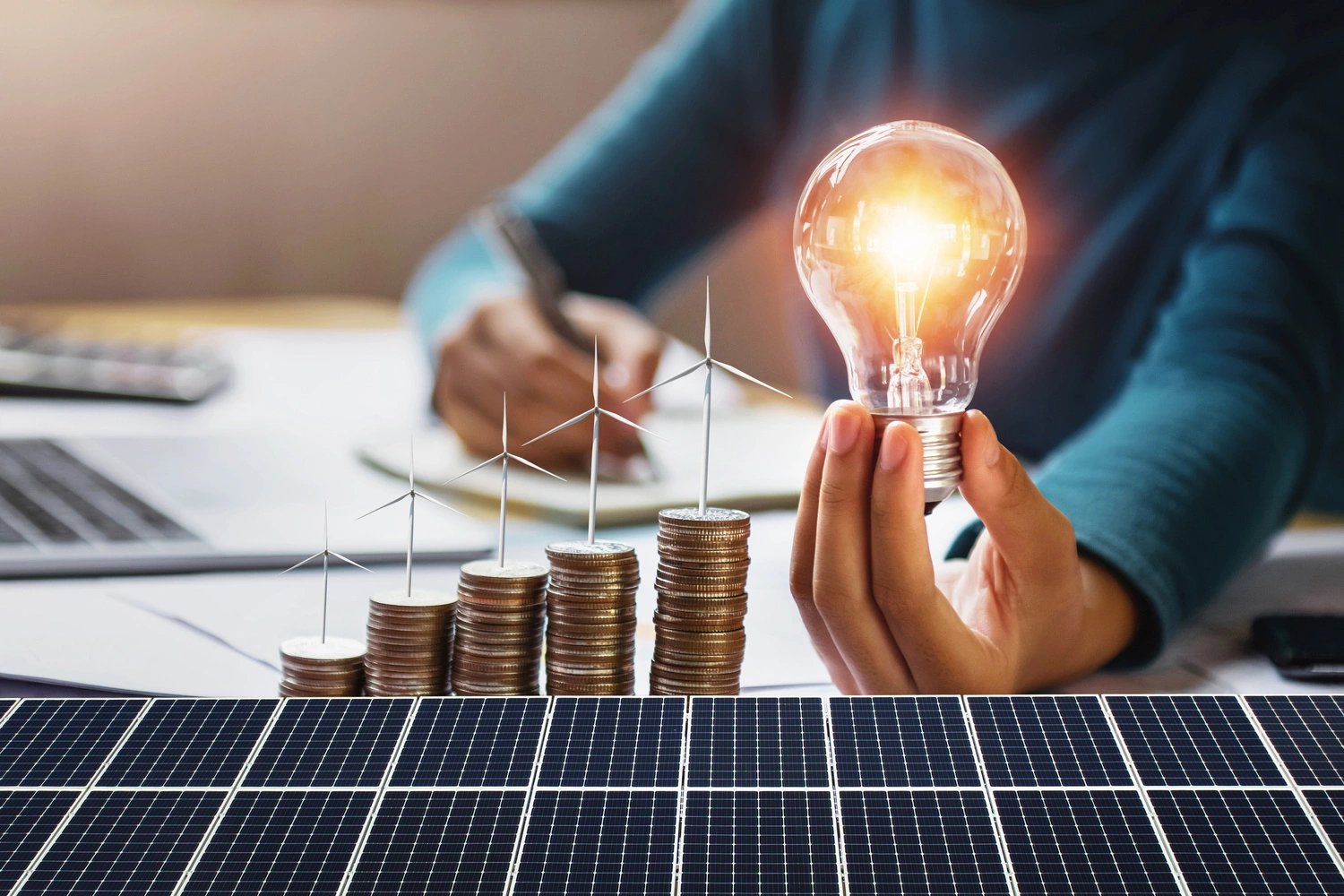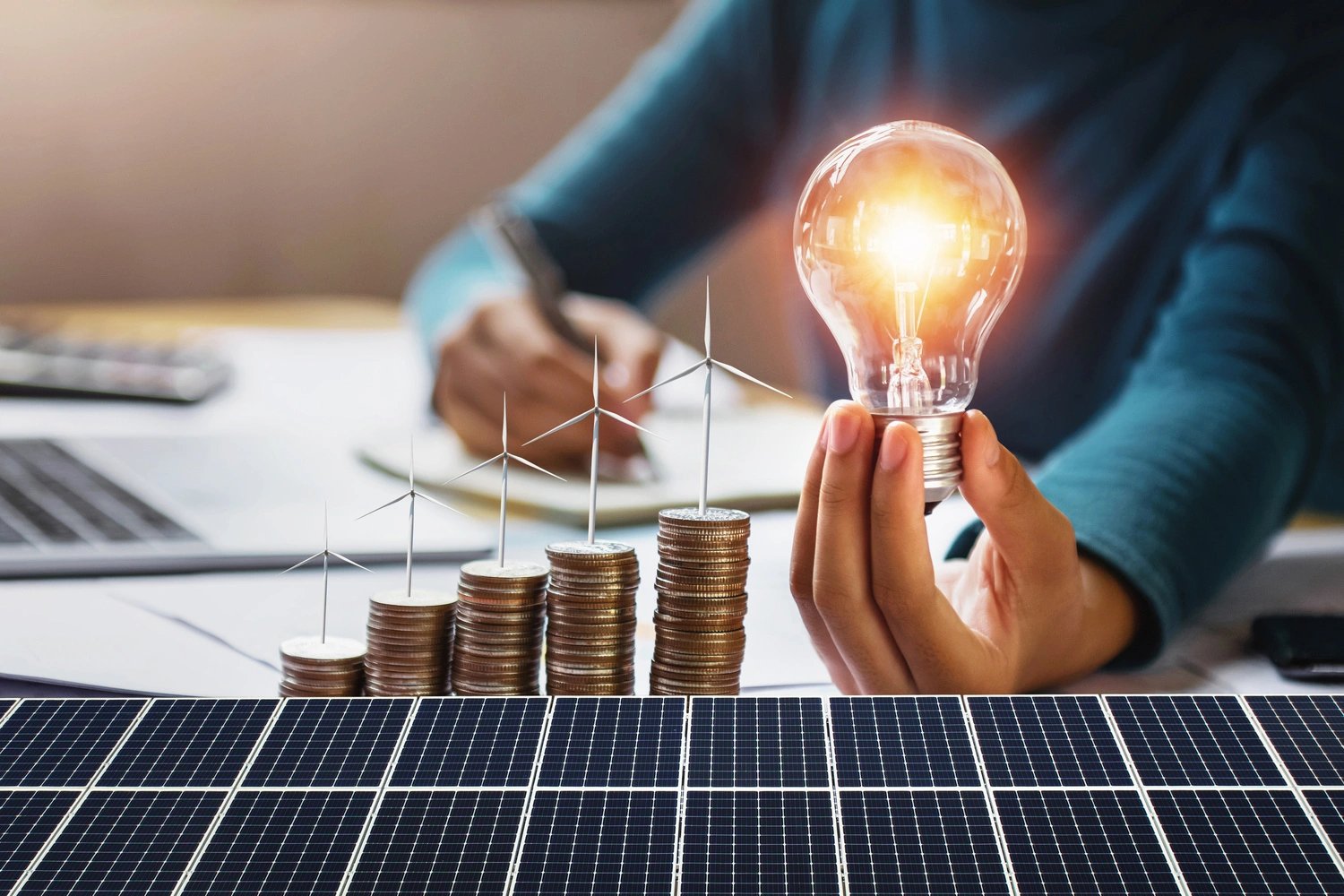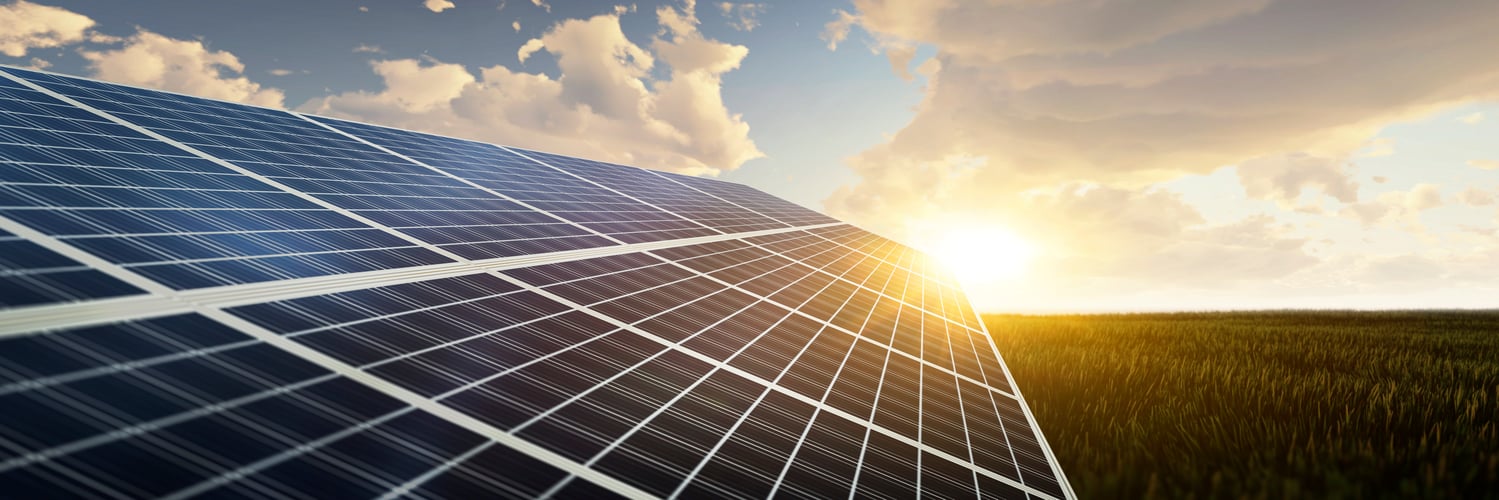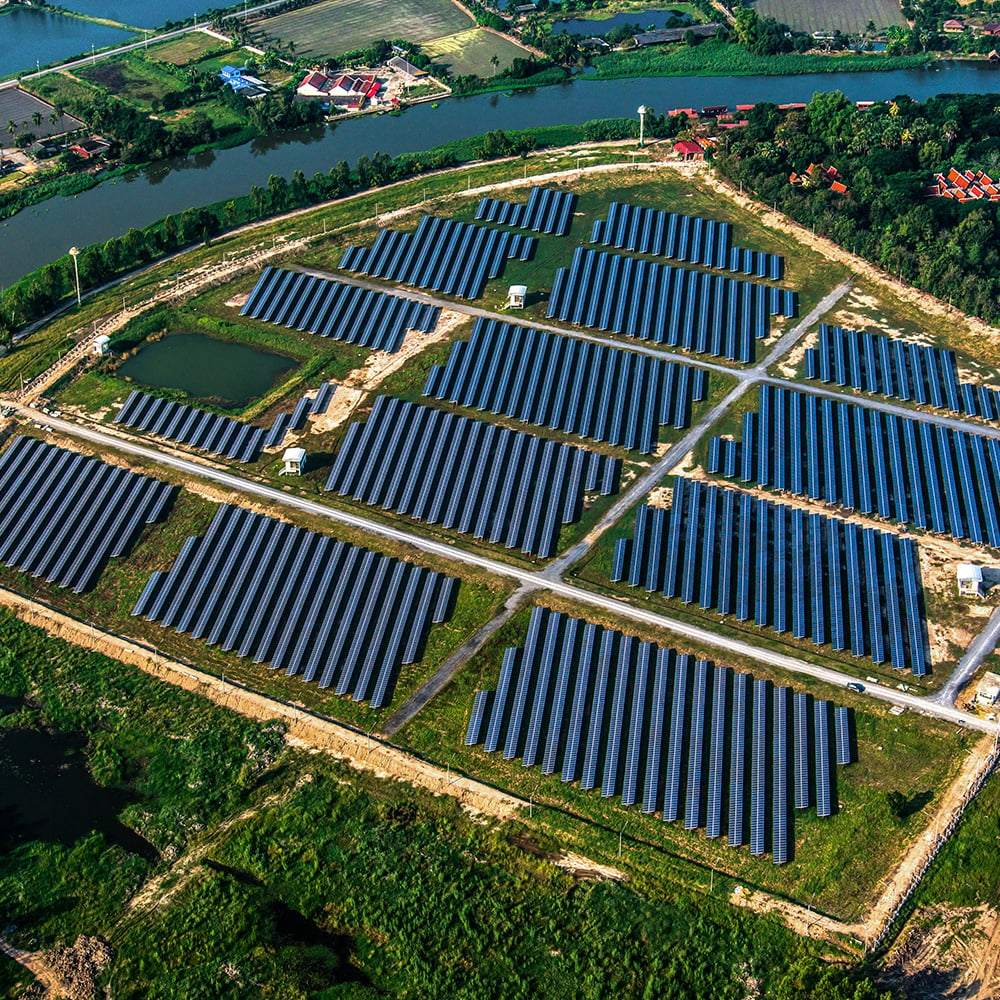Commercial Solar Financing
Free Permitting Checklist
Practical Tips to Avoid Environmental Risk on all Your Projects
Download our environmental permitting checklist to get a step-by-step list of ways to protect your project from the 9 most common environmental risks.
Download Your Checklist
We do not provide financing or financial advice. This article is for educational purposes only.
Solar Energy Financing Options
With the Inflation Reduction Act putting more renewable energy projects on the map, more developers are trying to take advantage of the various commercial solar financing options. Examples of financing options for solar energy projects are solar loans, solar leases, and power purchase agreements.

Commercial Solar Loan
What Is a Solar Loan?
These loans are used for developers to pay the upfront costs of a solar development project, such as a down payment on a commercial property. Each loan has a varying interest rate, and credit or the property can be used as collateral to obtain these loans. These loans are great options for large developers who can reap the benefits of Federal Solar Investment Tax Credit (ITC) options where they will see a return on these funds. Large companies can combine these loans with cash to cover costs and see a favorable return on investment for their project. This option may be less desirable for solar developers with less access to money and less ability to navigate the world of the Solar ITC.
With the combined capital of the lender and the original cash, the developer doesn’t have to worry about monthly payments to a property owner. Additionally, the tax benefits from the Solar ITC limit the risk of falling victim to the loan’s interest rates for these larger companies.
Commercial Solar Leasing
What Is a Solar Lease?
Commercial Solar Leases are an agreement where a third party leases solar panels to a developer, and the third party makes payments on the energy produced. The customer makes monthly payments for the power at a fixed rate that is not dependent on the system’s output. This agreement avoids upfront costs due to the help of a third-party financier and does not inflate the energy costs for the customer based on the PV system’s energy production. The lease term ranges and lease payments are typically made every month.
To many developers, the responsibility of the third party to manage the installation and depreciation of the panels may be appealing. However, in this arrangement, the system is owned by the financier. Developers who want sole ownership of these systems, energy, and land may not prefer this option to the loan mentioned prior.

Free Permitting Checklist
Practical Tips to Avoid Environmental Risk on all Your Projects
Download our environmental permitting checklist to get a step-by-step list of ways to protect your project from the 9 most common environmental risks.
Solar Power Purchase Agreement (PPA)
What is a PPA?
Solar PPAs are an agreement where development aspects such as environmental permitting and solar installation are facilitated by a developer on a customer’s land. This agreement is another financing option where the system owner is the financier. PPAs require that for a specific number of years, solar customers use the energy the PV system creates and exclusively use the solar services for the duration of the contract. The electric bill for this system varies from month to month, as it is contingent upon the system’s production. Tax benefits and tax liability belong to the financier as well.
These service agreements are the most common financing option for a commercial solar system. These agreements can typically last up to 25 years and can be renewed. This option benefits operations such as nonprofits and municipalities that cannot support upfront costs or utilize tax incentives, such as the Solar ITC.

Property Assessed Clean Energy Program (PACE)
This program is established at both federal and state levels to allow for development within communities. These programs are based on “land-secured financing districts” that issue specific amounts of bonds to allow the funding of community improvement projects such as new utility lines or streetlights. Recently, the push for clean energy has allowed solar projects to be included in these district improvements. The PACE program exists for both commercial and residential projects, benefiting developers and homeowners alike.
Property owners who participate in this program have to pay the development cost back over a set period. These monthly rates are less than a loan but carry the implications of not paying another tax bill requirement. This program is only for property owners but can limit barriers to making these energy improvements. Though this option can limit upfront costs, developers should consider the implications of government involvement on their project timeline.
Emerging Funding Sources: Blockchain Technology Accelerating the Clean Energy Transition
While traditional lending and leasing will continue to drive much of the funding for solar energy production, new technologies are bursting onto the scene to help solar and renewable developers fund their projects. The company Reneum is using blockchain technology to create funding for developers. Companies and individuals can fund projects and receive a non-fungible token (digital asset) in return that proves the environmental impact of their funding. This will allow companies and individuals to reduce or eliminate their own carbon footprints. While Reneum and other technologies are just starting to come online, more will follow.
How to Choose Between Financing Solutions for Solar
Choosing your financing option is dependent on your available cash flow. With changes to the Solar ITC in the Inflation Reduction Act (IRA), larger companies with access to extra capital may find solar loans the best option. Smaller developers and projects may favor the solar lease or PPA, with many opting for the latter. Each solar power system may yield different financial requirements and require different approaches.
Creating clean energy is arduous work, and there are many more costs to solar development than purchasing or producing solar panels. The ideal financing option will vary based on each company’s available capital, the expected energy efficiency of the solar energy systems, and their perception of risk.
What Transect Provides
Transect provides automated environmental due diligence assessments in minutes. These reports contain all federal and state environmental regulations and required permits that apply to a project site. Transect's Financial Incentives Calculator provides land developers with information regarding tax credits provided through the IRA that apply to their site. Transect offers environmental solutions.
We do not provide financing or financial advice. This article is for educational purposes only.
Free Permitting Checklist
Practical Tips to Avoid Environmental Risk on all Your Projects
Download our environmental permitting checklist to get a step-by-step list of ways to protect your project from the 9 most common environmental risks.
